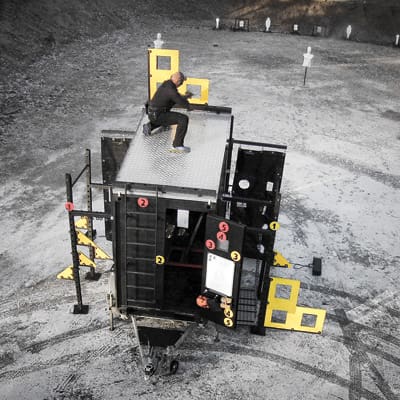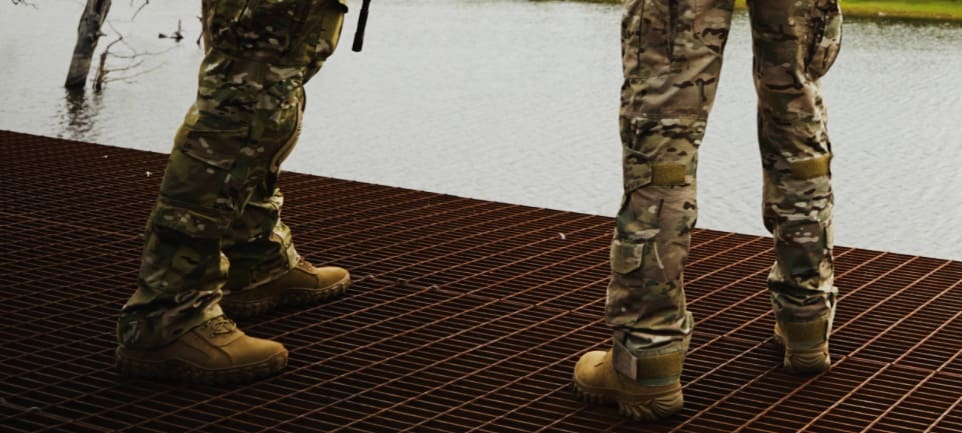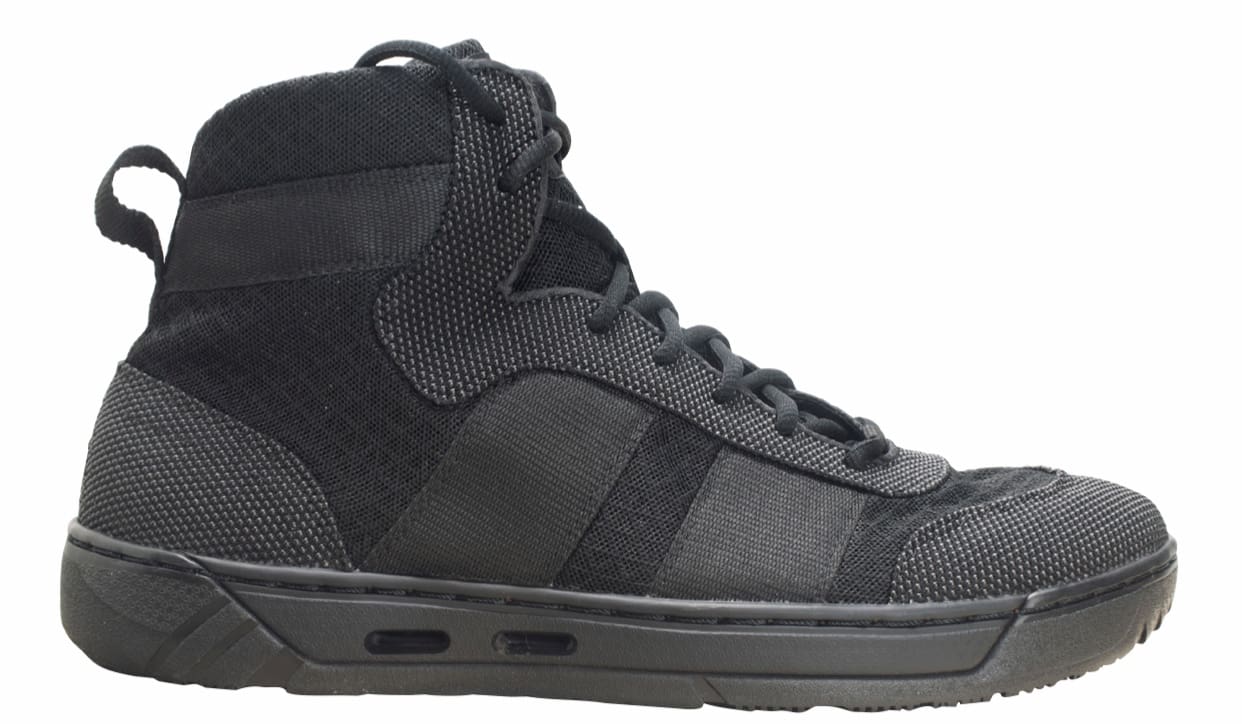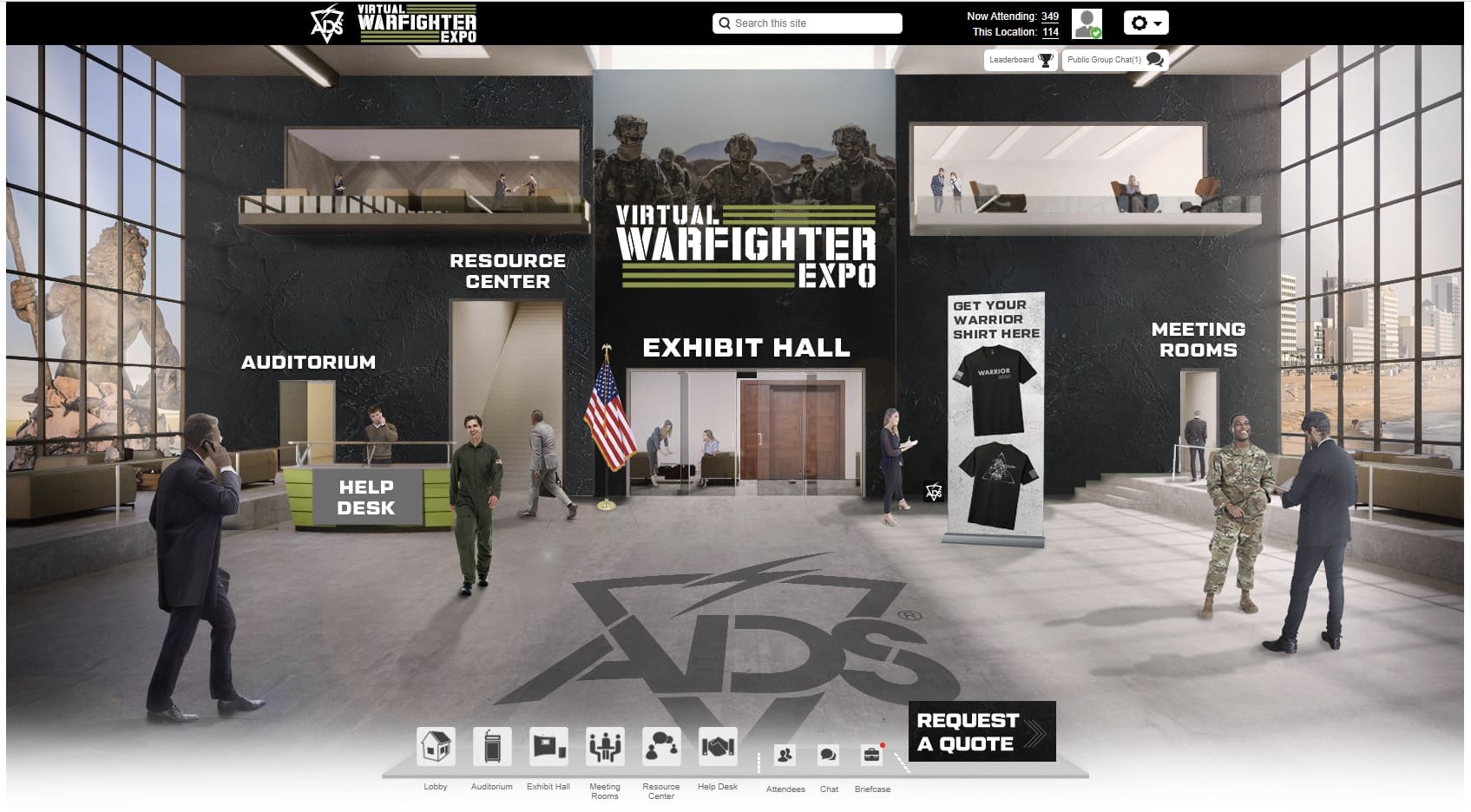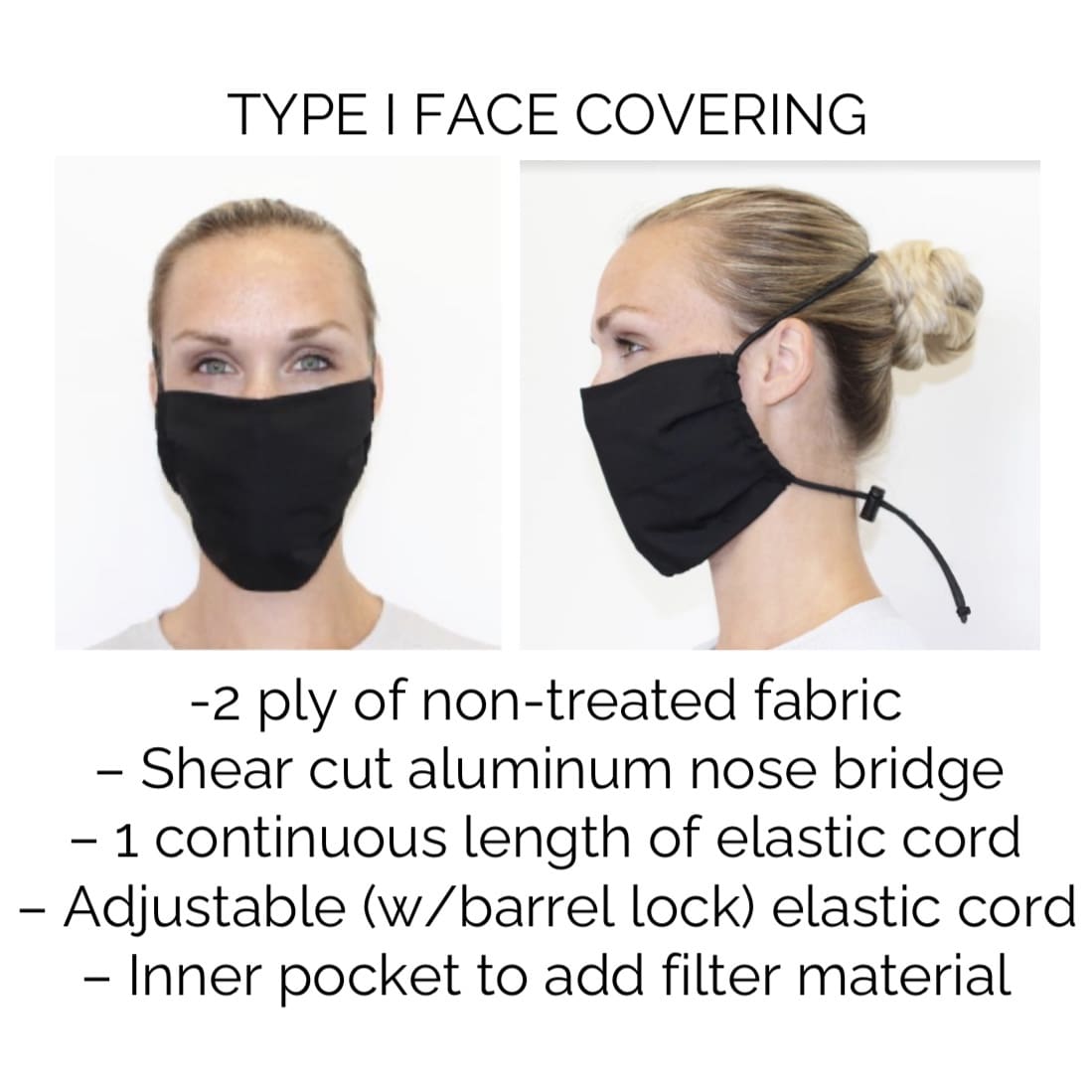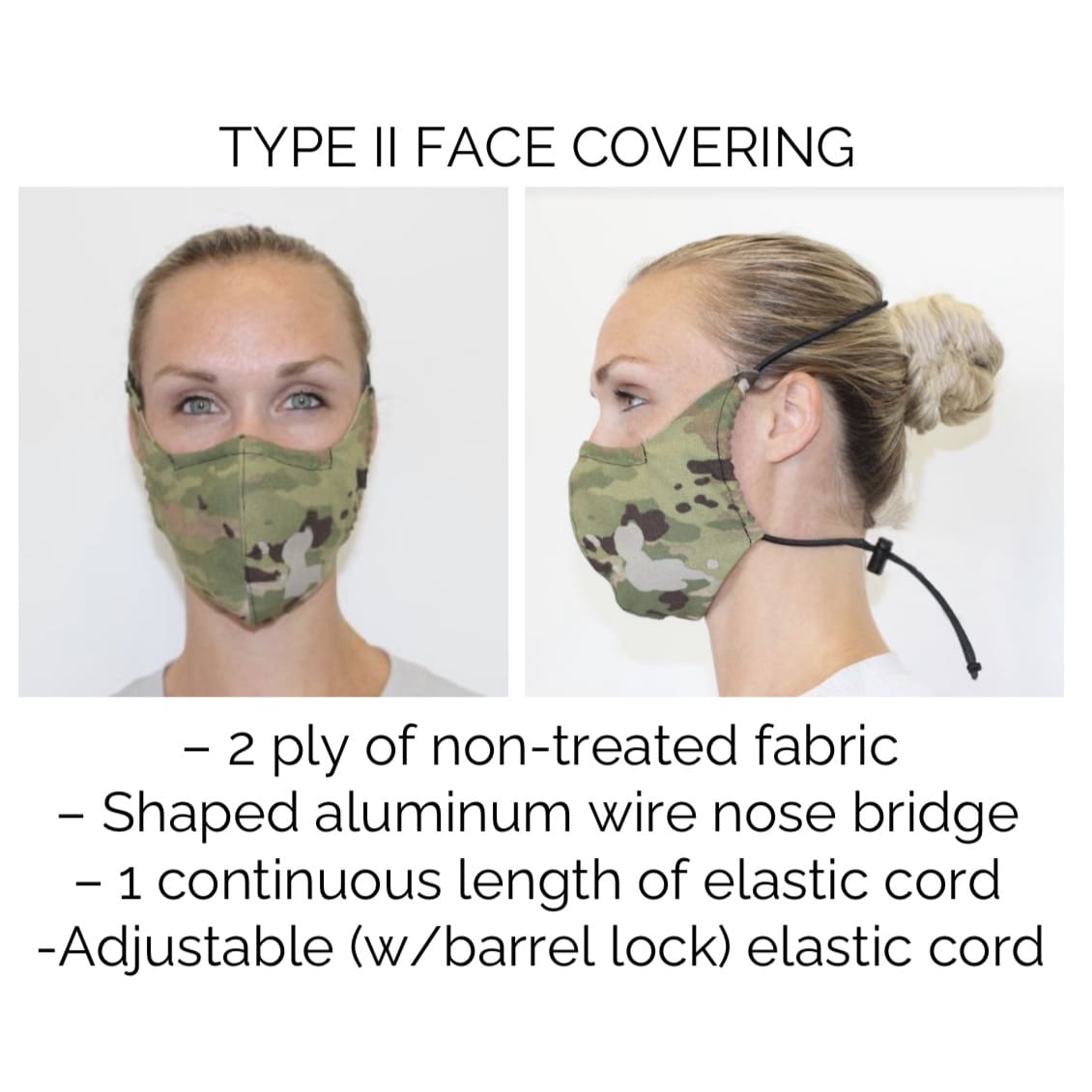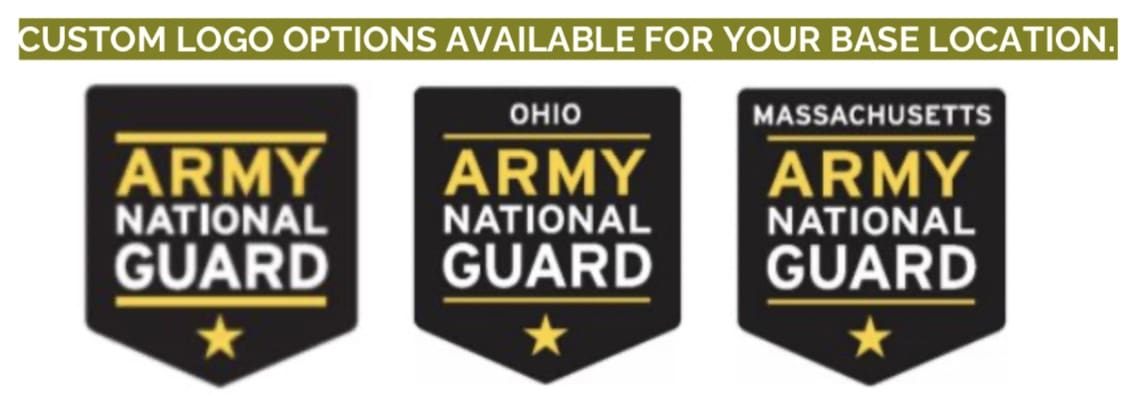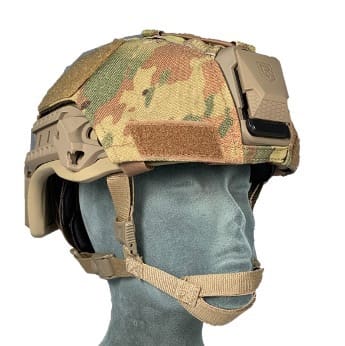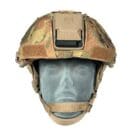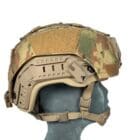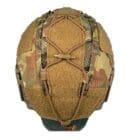October 6th, 2020: Cloud Defensive, an All-American lighting solutions and accessories manufacturer unveils its newest product – the REIN. The REIN (Rail mounted Environmental IllumiNator) is the most powerful, durable, innovative, and complete weapon light system on the market. It features a field serviceable lens, a field-serviceable tail cap and an electrically isolated dual-switching capability for redundancy. It works with all existing (Scout type) light mounts, and it has the world’s first 3rd generation Light Control System (LCS) including a proprietary remote switch with tail-cap integration, oriented precisely for weapon-mounted use. All REIN units ship with a custom made charger and battery as well.
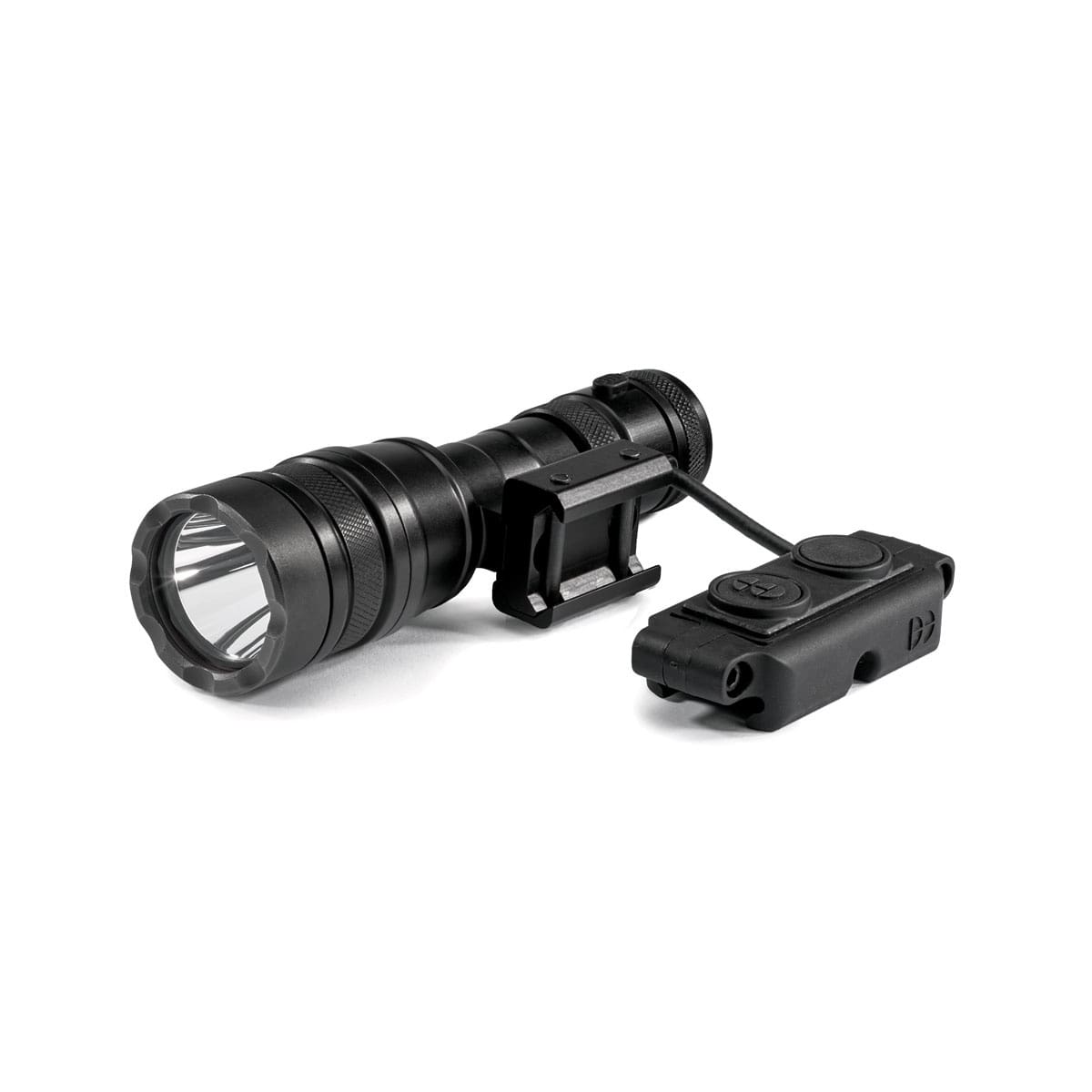
The REIN is Cloud’s sophomore release into the market, following their OWL (Optimized Weapon Light) from late 2018. Much like with the OWL Cloud wanted to introduce an industry leading product (that was made in-house) and redefined what a weapon light should be. With the following specs the REIN will be hard to beat, and even harder to copy:
• MSRP: $314.99 Standard Kit/ $369.99 Complete Kit
• Lumens: 1,400 REIN/ 1,300 REIN Micro
• Candela: 60,000 REIN/ REIN Micro 55,000
• Runtime: 120 mins REIN/ 35 mins REIN Micro
• Battery (included): 18650 REIN/ 18350 REIN Micro
• Weight (complete): 5.29 oz REIN/ 4.97 oz REIN Micro
• Remote LCS switch: Available for both on product page
• Colors variants: Black (available now)/ FDE (available 11/15)
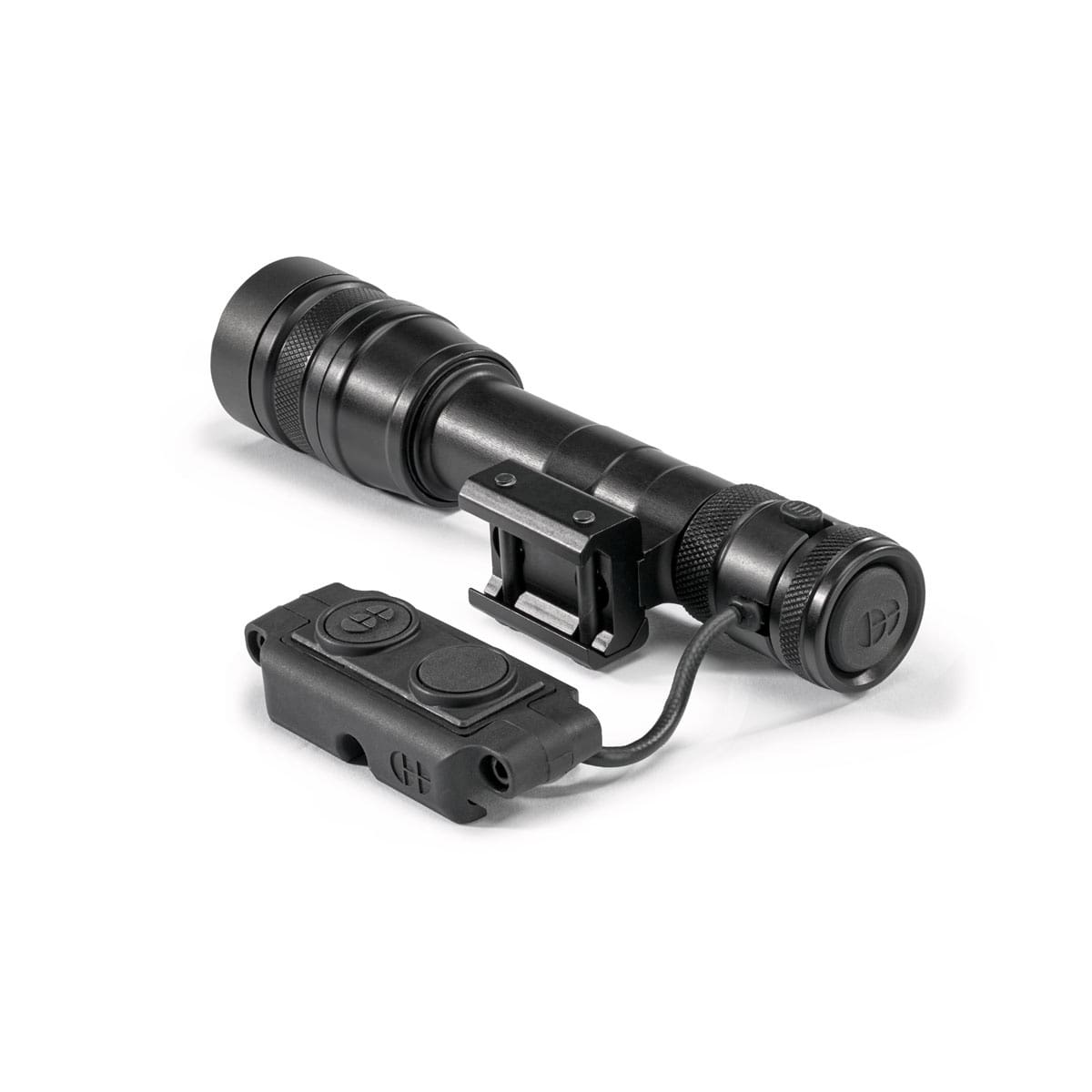
“After 2 ½ (long) years of research, development, and re-investing into our manufacturing process, we are humbled to bring you this carefully crafted weapon-light. Our goal with this product was not to simply offer another weapon mounted light, but to introduce a product that would question why other options have been the standard for so long. The goal of the REIN project was to take the notion of a traditional weapon light and rework that in such a way that we elevate the performance and eliminate the liabilities found in typical systems. To ensure consistency and quality with this level of innovation, we take pride in producing our products in-house. It would have been easier to pick up a catalog and order one from a “white-label” manufacturer, but that’s not why we decided to start this journey. We truly believe in designing a better product, building it ourselves and servicing our customers with a level of performance that is unheard of. We also pride ourselves on the customer service front, maintaining the highest level of availability to our customers. Cloud is here to help. We’re here for you. And we’re just getting started. – Sean McCauley (CEO/ Cloud Defensive).
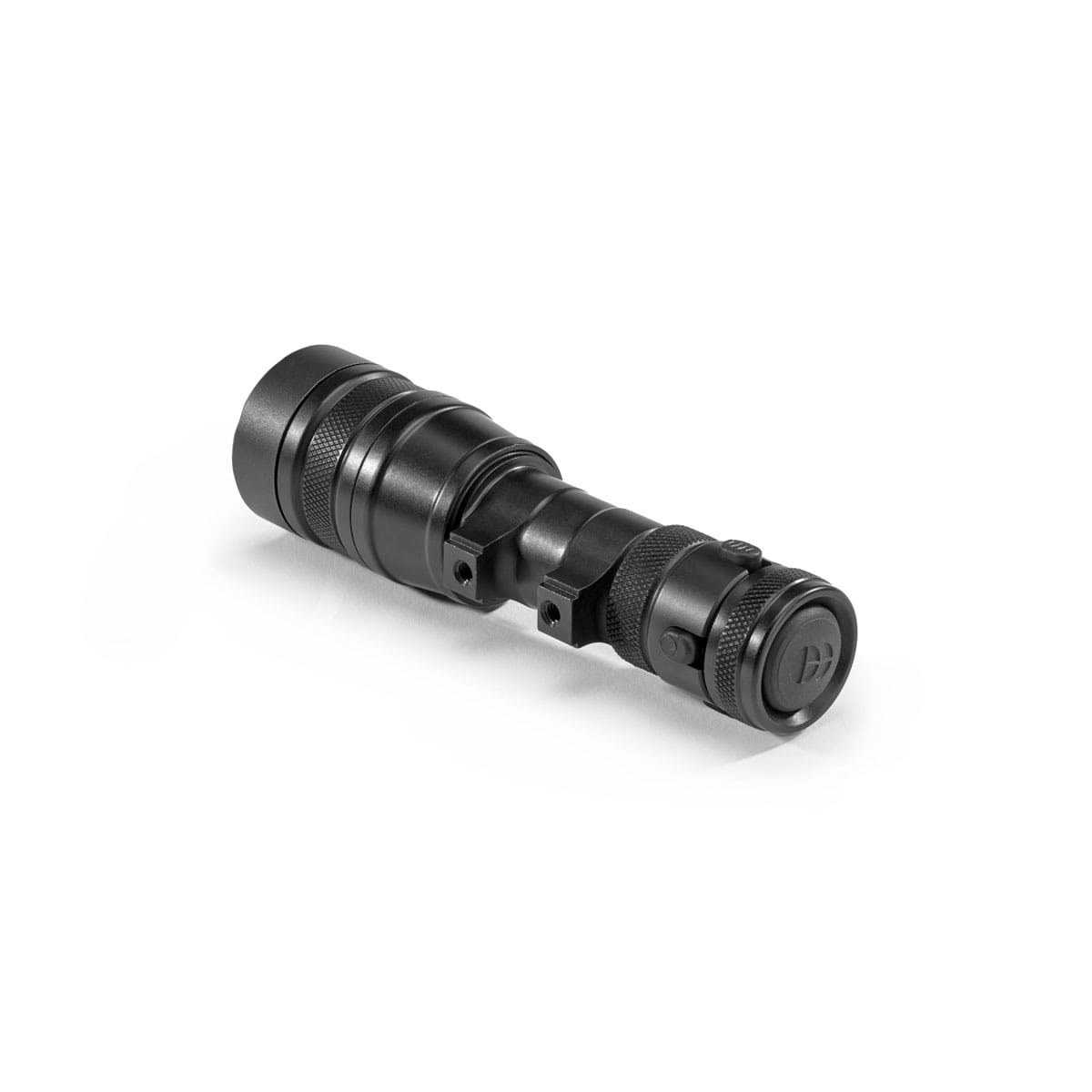
Effective immediately, the REIN is live and ready for sale. For more information on Cloud Defensive and our products go to www.CloudDefensive.com
